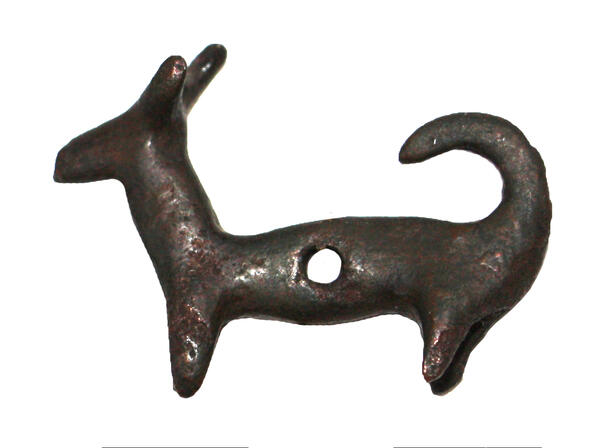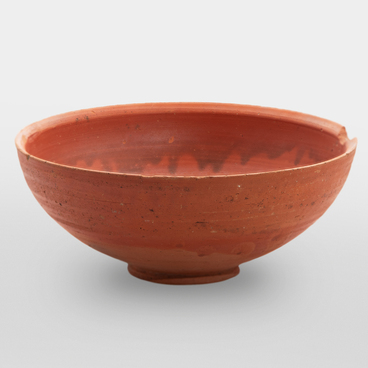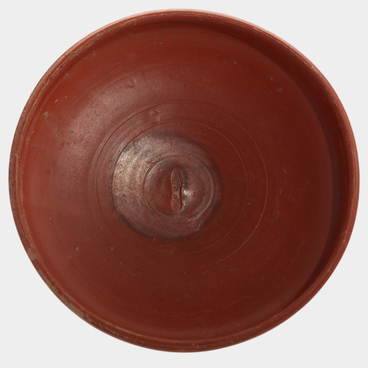During the excavations at the Tanais necropolis, archaeologists discovered a dog-shaped pendant dating back to the 3rd century CE, which has some interesting features. The pendant was found in a male grave. Not much is known about its owner, but it can be assumed that the pendant held great importance and significance for him, because only particularly valuable and unique items were placed in graves.
This pendant is a small figurine with soft contours and elongated ears. The dog’s neck is also long, and the body has an oblong shape with a small arch on the back. The legs are short, and the body is squat. The tail is curved up towards the back, which gives the figurine an elegant look. However, the most interesting aspect is the through hole in the middle of the body. It is believed that this hole was used to hang the figurine, suggesting that this is an apotropaic object, or an amulet. Such objects, found in late antique monuments in the Crimea, Caucasus, and Kuban regions, were meant to ward off evil spirits and protect the wearers from negative energies and the evil eye.
Such bronze objects were usually made by casting, often using stone and clay molds. Small objects, such as jewelry, details of clothing, and horse harness, were cast according to wax patterns in single-piece or detachable two-piece molds. The smooth contours and proportions of these objects indicate a high level of skill typical of ancient artisans.
Animal-shaped pendants, amulets, necklaces, and other items from the daily lives of the ancient inhabitants of Tanais often had both utilitarian and religious or ceremonial meanings. This demonstrates the richness and diversity of late antique culture and the historical importance of the entire Don region over many centuries.


